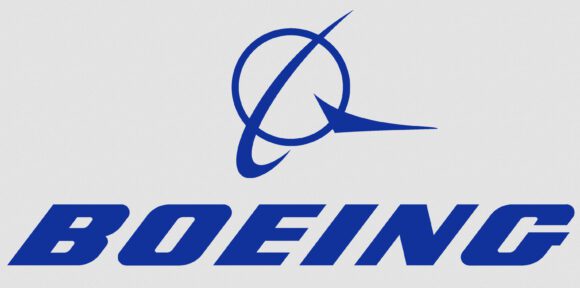- Flight International has this story taking a detailed look at the Pratt & Whitney P1000G PurePower engine.
- Flight has this report about the Bombardier CSeries having the first telemetry for flight data recorders.
The comments this week by Boeing Chief Financial Officer James Bell that the prospective expansion of the 737 line from 35 aircraft a month to 40 may be too costly were generally misunderstood by observers. For the most part, they took this to mean too costly to Boeing.
The Renton (WA) plant, where the 737 is assembled, has the room for 40 airplanes a month and with a little effort can even go to 42 a month if 737-based P-8A Poseidon work is moved out of the building. The real issue is two key suppliers to Boeing who will have to physically expand and the cost to them in capital expenditures and the return on investment.
In a discussion I had with Jim Albaugh, CEO of Boeing Commercial Airplanes, at Farnborough, he said:
“We have a couple of partners who have a pinch point who would have to invest a not insignificant amount of capital in order to get to 40. We’re working through that with them, about how real the market is and how long the market can sustain itself. I think that by the time we have to make a decision on this, and we are targeting September, that we will have our ducks in a row about what we would have to invest and what the supply chain would have to invest. I know the numbers in terms of the total investment and I can tell you that the payback on that investment is pretty attractive.”
Thus, Albaugh likes the investment, but the underlying questions include:
- How long will the 737NG be produced at the 40 rate to achieve an ROI that is necessary for the cap-ex?
- If the two suppliers—and Spirit Aerosystems, which makes the fuselage, is one of them—invest the cap-ex to expand, what of the prospect of a replacement airplane for the 737? Would the cap-ex be worth it if Boeing turns around and launches a new airplane with an EIS of 2019-2020? Construction would have to begin no later than 2015, only a short time after going to 40 a month (projected at the moment to be in 2012).
These are two key questions and if the answer to them falls on the negative side, then it doesn’t make sense for Boeing to go beyond 35 a month, a rate suppliers can make without cap-ex.
What, then, does this mean for the prospect of a new airplane? The odds increase dramatically. Boeing has made it clear that while the 737 can be re-engined, the value proposition isn’t where official believe it should be. Without a re-engine, Airbus will have a significant advantage with its New Engine Option/sharklet combination.
A new airplane also means Pratt & Whitney will have a real shot at putting the P1000G PurePower Geared Turbo Fan on the aircraft. CFM has the exclusive supplier contract to power the 737, but there is no exclusivity for the new airplane. Boeing’s interest in the P1000G extends beyond the 737 class. The GTF in its present form can grow to 40,000 lbs of thrust, or the size for of the 757. But at Farnborough 2008, Boeing was inquiring of PW the prospect of a GTF for a wide-body airplane. Boeing has been talking with PW about re-engining the 737, ultimately a non-starter because of the CFM exclusivity clause, and it is talking with PW about powering a new airplane.
All the poppycock about the GTF being a dud simply is belied by the fact that three manufacturers have chosen it, Airbus is likely to for its NEO (along with the CFM Leap-X) and Boeing has real interest in it.
Bottom line:
- Airbus announces in October it will proceed with the NEO program;
- PW’s GTF and CFM’s Leap-X will be on the NEO;
- Look for Boeing to roll the dice and go for a new airplane;
- PW and CFM will be in a real horse-race to power the 7X7, and perhaps Boeing will choose to go with dual-sourcing this time.
Views: 5



